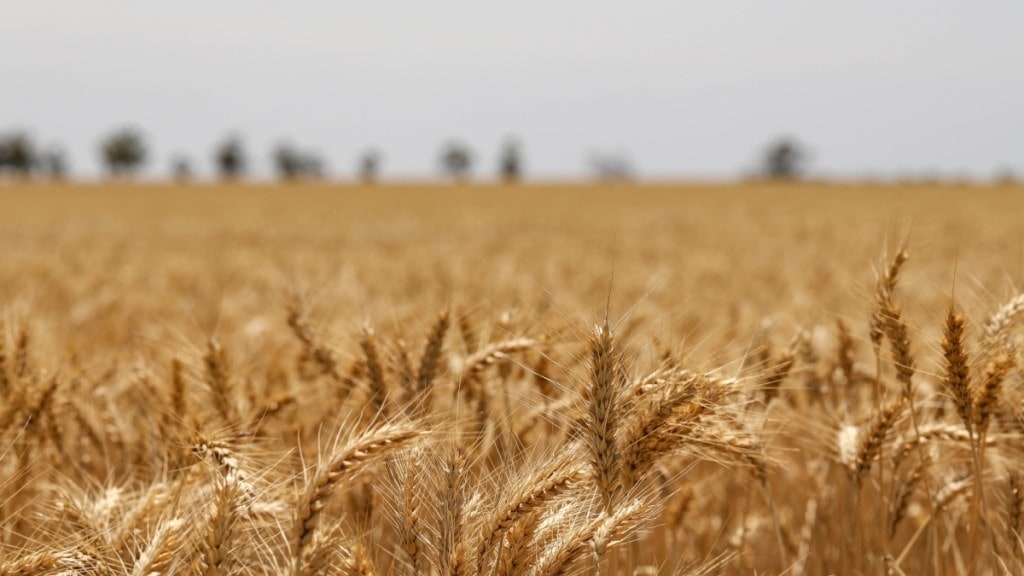With ample wheat stocks and strong crop prospects for the next season, the food ministry has recommended lifting the export ban on wheat-based products that was imposed in May 2022.
In a communication to the commerce ministry, the food ministry has proposed allowing the export of around 1 million tonne (MT) of wheat products initially, taking into account the prevailing surplus and a robust production outlook.
Trade sources said the Food Corporation of India’s (FCI) open market sale scheme (OMSS) for bulk buyers such as flour millers—which began earlier this week—received a tepid response. Only about 69,000 tonne of wheat was sold through e-auction at Rs 2,550/quintal against the 0.2 MT on offer.
FCI currently holds 30.46 MT of wheat, significantly above the buffer norm of 20.52 MT for January 1, 2026. Trade analysts say this comfortable stock position has contributed to price stability in retail markets.
“As we are again expected to get yet another year of bumper harvest in coming season given surplus monsoon rains, we had requested the government to lift restrictions so that we may reclaim our traditional wheat product export market,” Navneet Chitlangia, president, Roller Flour Millers’ Federation of India, told FE.
Before the export ban, India exported flour, maida, sooji, and other wheat products to Africa, Gulf nations and South Asian countries.
India—the world’s second-largest wheat producer after China—imposed the ban on wheat and wheat-product exports in May 2022 due to concerns over food security, a smaller harvest, and rising inflation.
Flour millers had earlier informed the food ministry that, given the comfortable stock levels and stable domestic supplies, the situation favours reconsideration of the export ban on wheat-based products.
According to traders, allowing exports of 1 MT initially would support domestic price stability and also improve capacity utilisation in the milling sector.
Wheat inflation eased to 2.04% year-on-year in October, down from 3.67% in September.
“If the government lifts ban on wheat products exports early it would stabilise prics when new crops arrives and definitely help exporters, millers and farmers,” exporter Kunal Shah said.
In September, food minister Pralhad Joshi said the government would “positively” consider industry demands to allow exports of wheat products such as flour and semolina, while emphasising that food security remains the top priority.
The agriculture ministry has projected wheat output at a record 117.5 MT for the 2024–25 crop year (July–June), an increase of 3.7% over the previous year.
Meanwhile, sowing of wheat—the main rabi crop—has reached 2.27 million hectare (Mha), up 127% from last year. The normal sown area is 31.23 Mha, and the sowing window remains open until early January. The new crop typically starts arriving in markets by mid-March.

